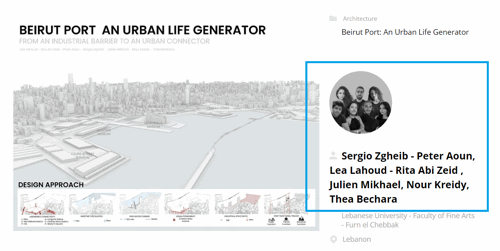Ethereal Peak

Project idea
This project aims to establish a connection between the formal richness of postmodern architecture and a contemporary approach to urban space. Rooted in volumetric and geometric analyses, the concept is based on a modular structure that gradually transforms from a cube into a sloped, hierarchical form, creating a silhouette that resonates with Pristina’s iconic buildings.
The building's shape is designed on the principle of mass fragmentation, where protruding cubes from the main volume create a visual rhythm while allowing natural light and passive ventilation.
The use of a textured façade gives the building a distinctive identity, where the interplay of light and shadow creates a dynamic interaction between the structure and its surroundings. The positioning of the structure in relation to existing buildings is carefully considered to maintain a visual and functional connection with the public space, transforming it into not just a hotel but a unique spatial experience.
Project description
This project envisions a sophisticated urban hotel designed for modern business travelers, balancing innovation with practicality. The building accommodates a variety of functions, including refined guest rooms, adaptable conference spaces, and inviting social areas such as a restaurant and café.
A skeletal structural system ensures spatial flexibility, allowing interior layouts to adapt over time. The defining feature of the design is its kinetic façade, which responds dynamically to environmental conditions, enhancing both energy efficiency and aesthetic appeal. This ever-changing exterior, combined with a composition of protruding volumes and a sloped roof, creates a visually striking presence while shaping fluid, light-filled interiors. Carefully positioned openings frame key urban views, reinforcing the hotel’s connection to the cityscape.
Technical information
The hotel's structural composition is anchored in a reinforced concrete skeletal framework, meticulously engineered to ensure both structural integrity and spatial adaptability. This open structural system facilitates optimal load distribution while allowing for future reconfigurations, accommodating the evolving demands of functionality and user experience.
The façade is conceived as an intelligent kinetic system, dynamically responding to environmental stimuli to regulate natural ventilation and optimize energy performance. This adaptive skin not only mediates climatic conditions but also establishes a continuously evolving architectural expression. By mitigating reliance on mechanical conditioning, the system enhances thermal efficiency while fostering a dialogue between the building and its urban context, embodying a synthesis of performance-driven design and aesthetic dynamism.




